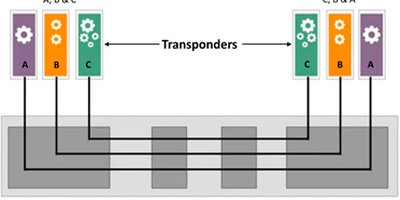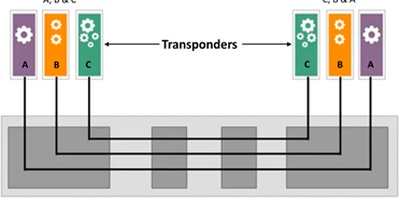
In my January 4th blog Warnings about 5G in C-Band, Hype or Reality? I examined the public record concerning how the cellular carriers were about to turn up new #5G services on the spectrum C-Band that risk interfering with the operation of radio altimeters of airplanes. As the mobile network operators pushed back the turn-up date for the use of this spectrum to January 19th and volunteered to avoid turning up C-Band radios close to major airports, the aviation industry, now led by the FAA, ratcheted up the warnings of flight delays or cancellations because of this radio altimeter interference.
Then, as Gomer Pyle use to say, “Surprise, surprise, surprise!” The FAA announced on January 13th that it “is working to determine which radar altimeters will be reliable and accurate with 5G C-Band deployed in the United States.” On January 20th it announced that it had “issued new approvals Thursday (the 20th) that allow an estimated 78 percent of the U.S. commercial fleet to perform low-visibility landings at airports where wireless companies deployed 5G C-band.” Huh? The FAA had two years to do the work they had done in the past week, but they instead lobbied for the MNOs to avoid using the C-Band for fear of crashing airplanes attempting to land in poor weather.
This situation reminds me of labor union negotiations during the latter half of the 20th century as well as professional football salary negotiations of the past decade. The parties have plenty of time to negotiate but "must" wait until immediately before contract expiration to begin serious negotiations. The reason for delaying the contract negotiations: both parties are seeking leverage to attain the most favorable terms for their clients, even though the process places the parties in extremely adversarial positions. In the case of the 5G C-Band issue, who are the adversaries, and what is there to gain or lose?
To answer that question, it is best to consider the technical aspects of the conflict, that is, why would the use of 5G C-Band spectrum (3.7 GHz to 3.98 GHz) cause interference in radio altimeters that use the 4.2 GHz to 4.4 GHz band of spectrum? The answer is that evidently some radio altimeters do not filter out signals outside of their allocated spectrum, allowing signals of other frequencies to affect their function. Obviously (to the technically minded), the solution is to add filters to (or improve the filters of) the radio altimeters to eliminate the unwanted signals. The aviation industry's solution, though, is to place restrictions on, if not totally ban, the use of spectrum on either side of their band.
Now we have our parties and their motivations defined:
- The FAA (on behalf of the aviation industry): Save the airlines from potentially needing to upgrade or replace their radio altimeters.
- The FCC (on behalf of the telecommunications industry): Obtain additional spectrum to increase the capacity of 5G.
No wonder the FAA didn't want to evaluate real-world cases of radio altimeter interference caused by signals in the C-Band. To do so would make it obvious that the simple solution would be to fix the radio altimeters.
Contact Rick Talbot at rtalbot@acgcc.com for more information or to discuss this blog.



















































